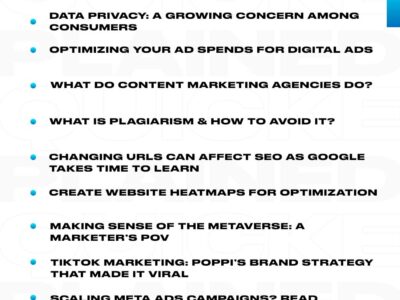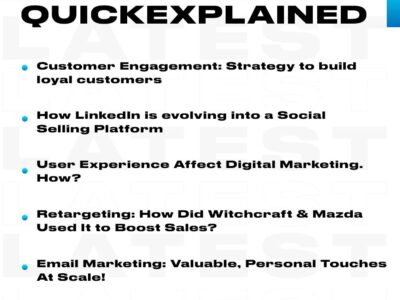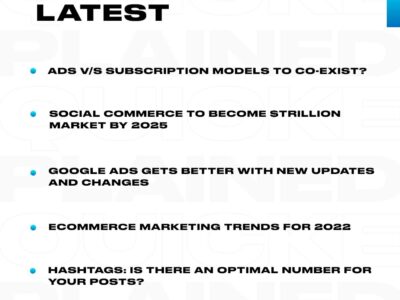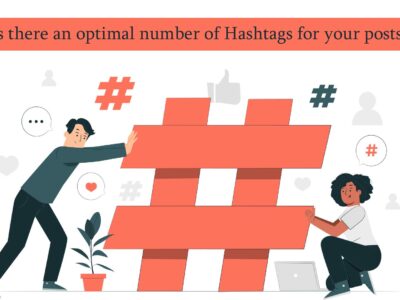Behavioural targeting is also known as online behavioural advertising. It is a technology that allows marketers to more effectively target their audience via various media based on their passive browsing habits or Online Behavior.
For example, Cookies analyze user browsing behaviour to see what websites they are visiting, what pages they are looking at, etc. This helps to make more relevant products for the Target Audience. Clicking on an advertisement, returning to it later and interacting with it, scrolling through the topics offered by a website without leaving the homepage. This all shows the user’s interest in those topics. This way, businesses can gather better insights into their customers’ interests to display ads that target them more accurately. And that’s how behavioural targeting works.
Benefits of Behavioural Targeting
Increased user engagement: One of the best benefits behavioural advertising offers advertisers is increased user engagement. For example, if a customer is doing activity x on website y, advertisers can also put an ad in front of them to drive them to product page z with one click away from buying stuff.
Increased Number of Ad Click-Throughs:Â A relevant advertisement that captures the interest of target consumers is a far more helpful purchasing lead-generation tool than a generic advertisement without personal appeal.
Improved Conversion Rates: People recognize advertisements that fit within their behavioural type. These people are much more likely to desire a product, service, or information they have been targeted with. As a result, these customers contact you to learn more or purchase, taking advantage of the opportunity.
Increased Chances of Retargeting Abandoned Customers:Â The art of finding ways of getting users to come back and convert again is an essential part of conversion rate optimization. But how do you produce some fresh content on your site quickly and without much fuss? That’s where behavioural targeting can help. This is a good strategy for reaching out to users interested in your products or services by browsing your site but haven’t bought something from you.Â
By following up with them after they have left without completing their purchase, you can offer them special discounts. Through various Social Media Platforms or other incentives that might entice them to return to complete the process. This could lead to greater returns than if no one had followed up at all.
The Process Behind Behavioural Targeting
Data collection:
You can gather user data in several ways, depending on how you measure it. For example, web traffic uses a pixel. This helps us create cookies that track how users engage with the site and whether they return to it. SDKs is also an option and these store situational awareness data more specifically through geolocation services like GPS. An ad tech solution usually stores this information, but other choices are the DMP (data management platform).
Organizing based on behaviour:
Once you’ve captured the number of visits to specific locations and what users purchase online, use this information to gather behavioural groups, further developing your predictive models tied in with matching up users with similar behaviors.Â
For example, take users who visit the gym once every two weeks and offer them a 10% discount coupon. Just for working out at the gym three times a month.
Data Application:
We’ll take time to make sure all advertisements are tailored, especially for strategic segments of the audience you have identified. Doing so helps to personalize your campaigns further. It more readily caters to people’s particular interests and needs as they pertain directly to your business. Another advantage, it filters your customer base from a much smaller initial set. There is a high probability that every advertisement will appeal more effectively than if you were still working with just one generic group of consumers.
Conclusion
Ultimately, behavioural targeting is a powerful tool that opens doors for e-commerce business owners. It offers them to identify and helps to meet the needs of their target audience. It also helps achieve their marketing goals and positively return on advertising investment.
Conversion rates have never been so easy to achieve, thanks to the advances of behavioural targeting. Once you know your ideal target consumer, publishing content that will pique their interest can help you save both energy and resources by ensuring that your advertising is relevant and meets consumer needs!








Comments